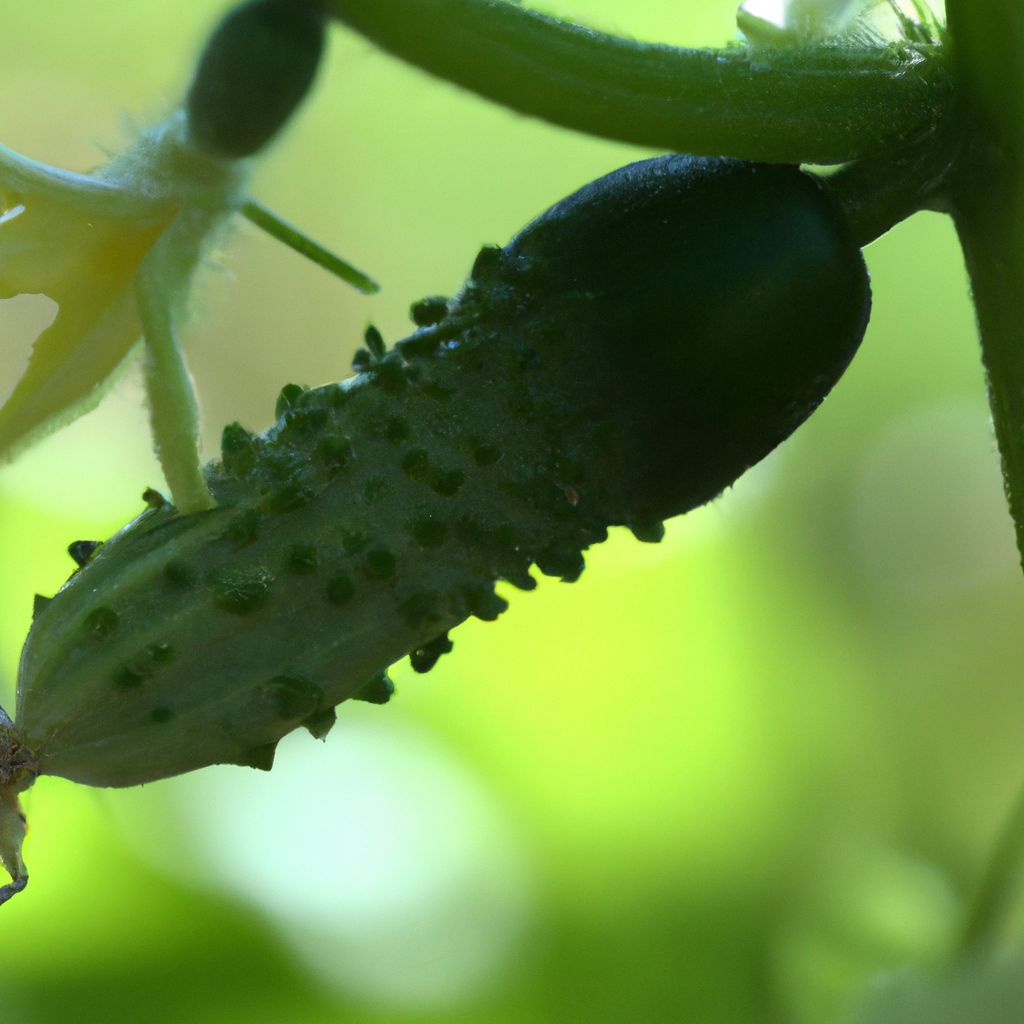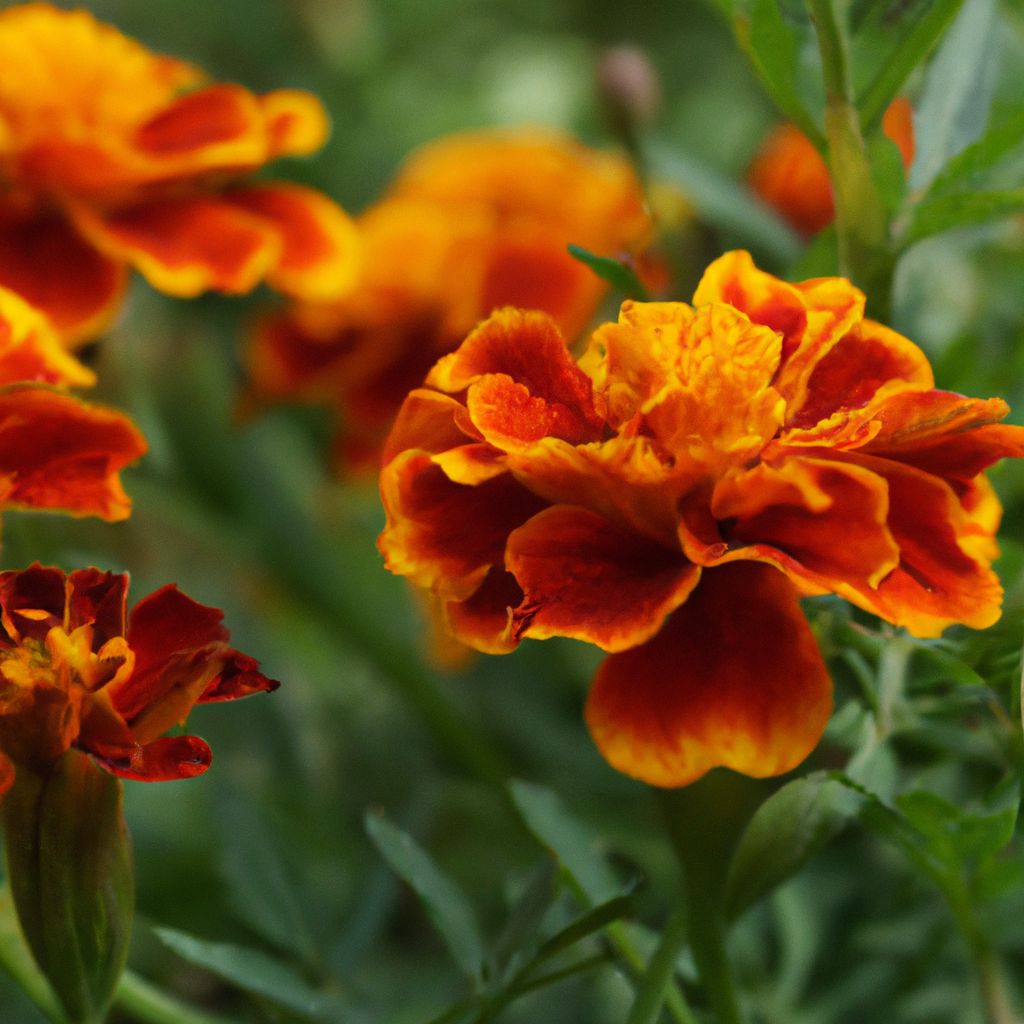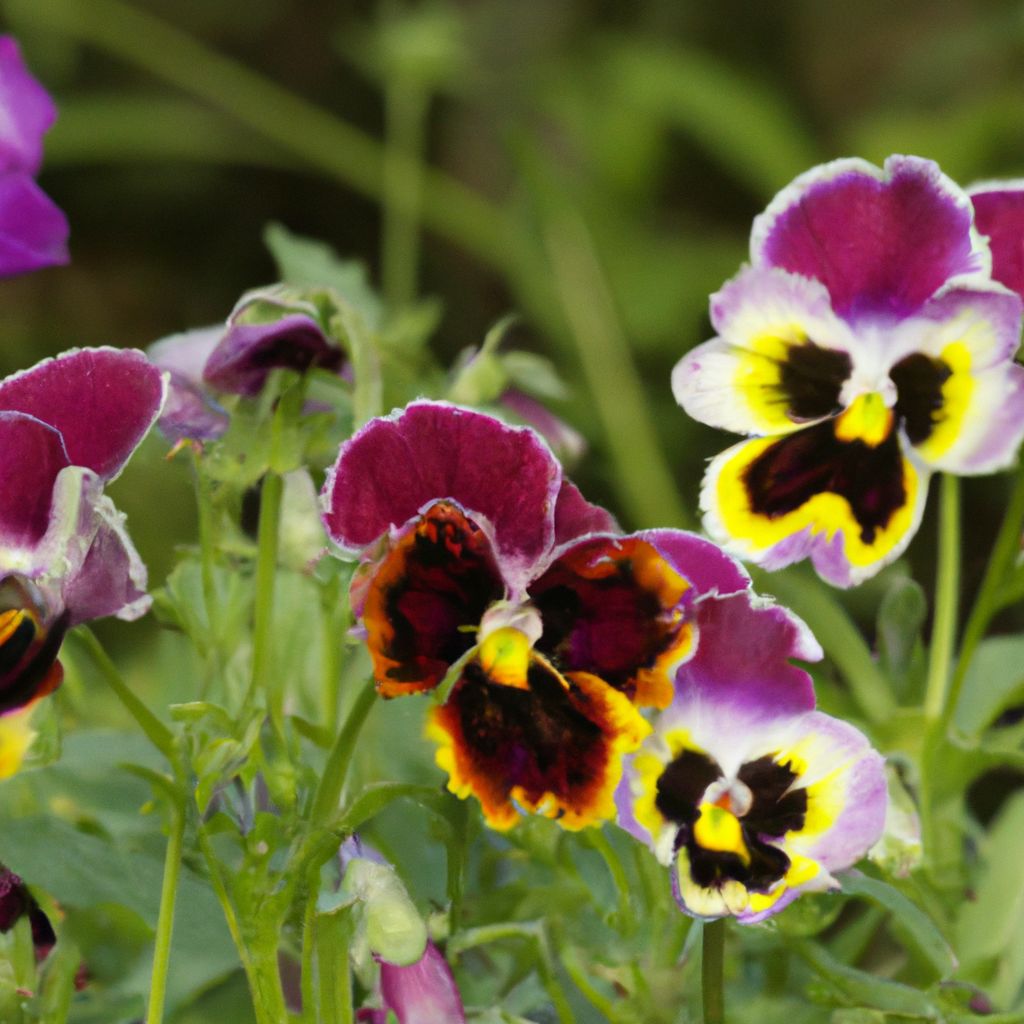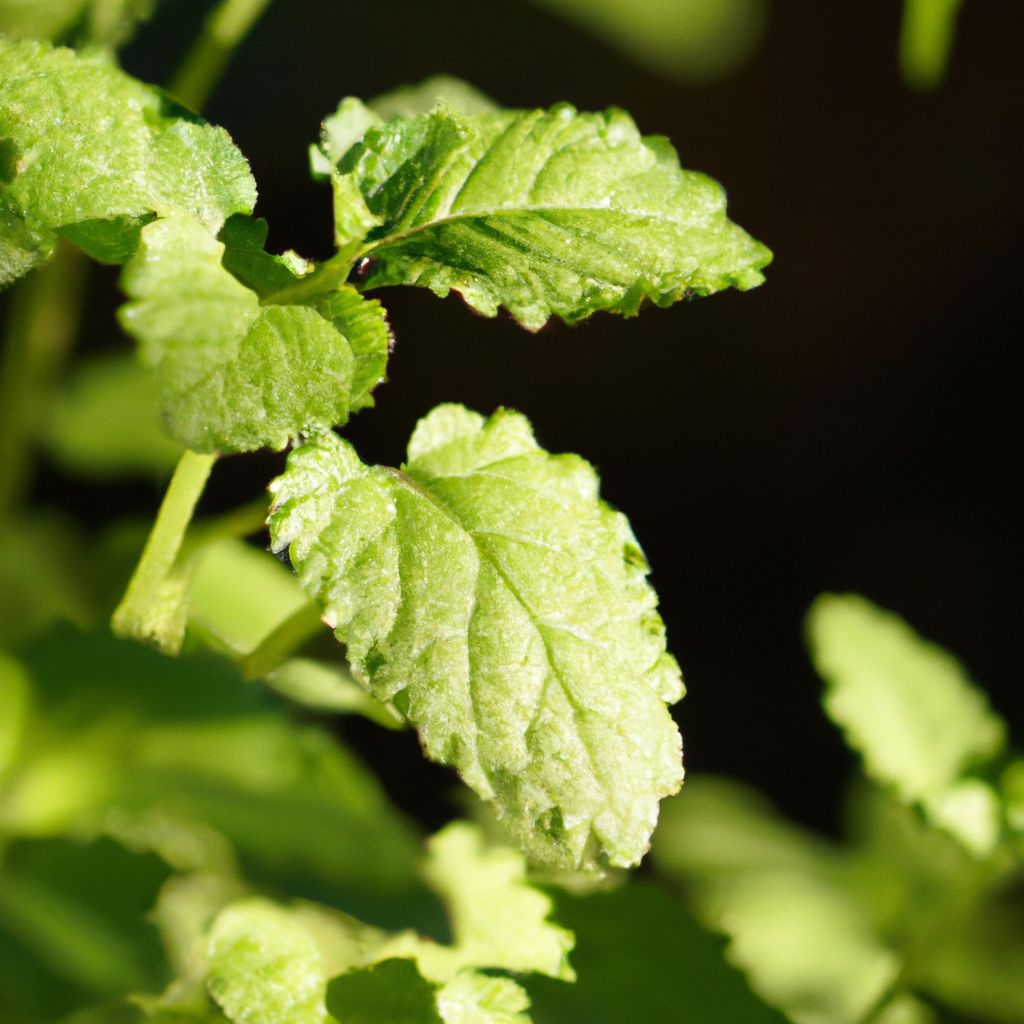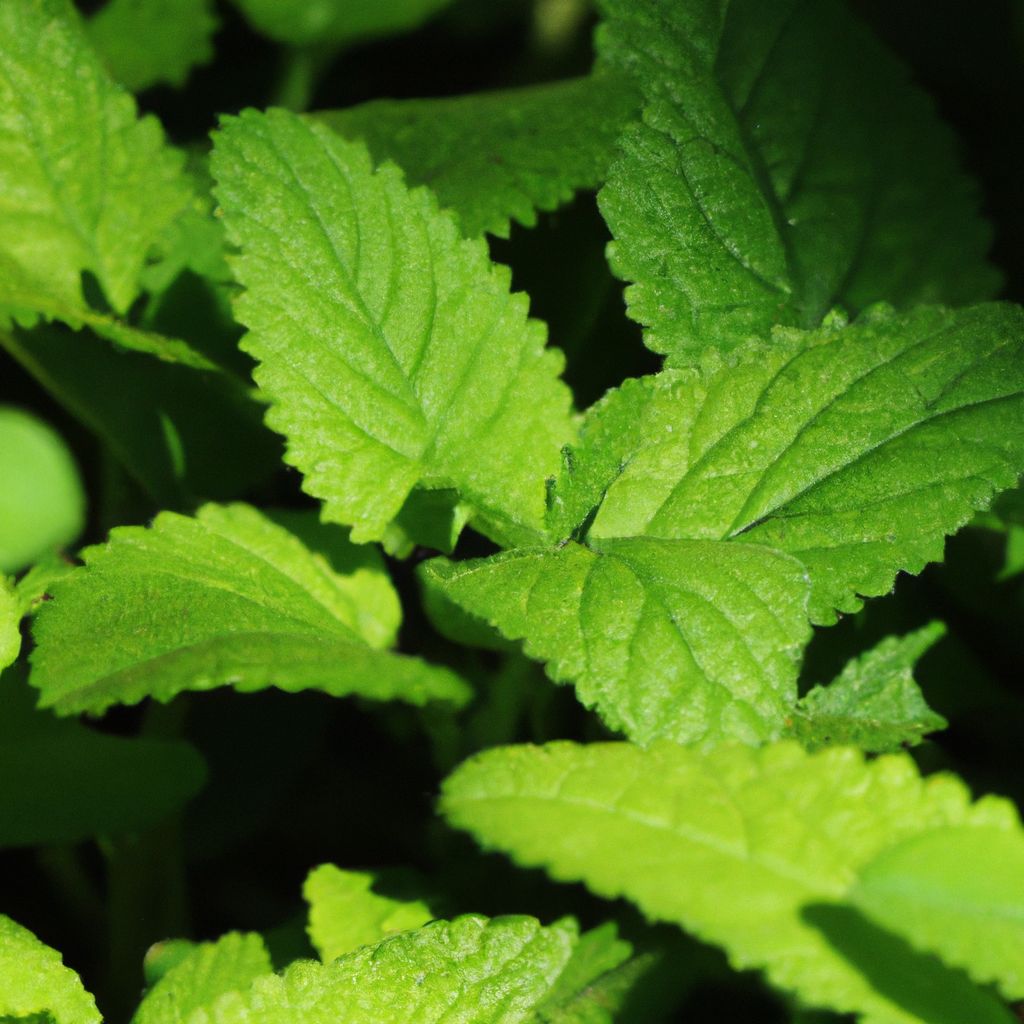Growing Cucumbers in an In-ground Garden offers a rewarding experience and an abundant harvest of fresh and flavorful cucumbers. This comprehensive guide will equip you with the knowledge and techniques to successfully grow cucumbers in your backyard oasis.
The Benefits of In-ground Gardening
Cultivating cucumbers in an in-ground garden comes with numerous advantages that contribute to the overall health and productivity of your plants.
Enhancing Soil Health
Improving Soil Structure and Fertility One of the primary benefits of in-ground gardening is the enhancement of soil quality. By incorporating organic matter, such as compost or well-rotted manure, you can improve soil structure and fertility. These organic materials help to create a loose, well-aerated soil texture that allows for optimal root growth and water retention.
Additionally, as the organic matter breaks down, it releases essential nutrients like nitrogen, phosphorus, and potassium into the soil, providing a natural source of nourishment for your cucumber plants.
Promoting Better Drainage Proper soil preparation and management contribute to better drainage, essential for preventing waterlogging and promoting healthy root growth. In-ground gardens allow for the creation of raised beds or mounds, which can significantly improve drainage in areas with heavy or poorly draining soils.
By ensuring adequate drainage, you can prevent root rot and other fungal diseases that thrive in waterlogged conditions, ultimately leading to healthier and more productive cucumber plants.
Increased Nutrient Availability
Access to Essential Nutrients In-ground gardens provide increased nutrient availability for your cucumber plants. Through the application of balanced fertilizers and the breakdown of organic matter, essential nutrients like nitrogen, phosphorus, and potassium become readily accessible.
Nitrogen plays a crucial role in promoting lush, green foliage growth, while phosphorus supports root development and flowering. Potassium, on the other hand, contributes to overall plant vigor and disease resistance.
Nutrient Cycling In an in-ground garden, the natural process of nutrient cycling occurs more efficiently. As organic matter decomposes, nutrients are released back into the soil, creating a continuous supply of nourishment for your cucumber plants.
This natural cycle reduces the need for frequent fertilizer applications and promotes a more sustainable and environmentally friendly approach to gardening.
Improved Water Retention
Mulching for Moisture Conservation The soil in an in-ground garden has an improved ability to retain moisture, reducing the frequency of irrigation required. Techniques like mulching play a crucial role in conserving soil moisture.
By applying a layer of organic mulch, such as straw or wood chips, around your cucumber plants, you create a protective barrier that prevents excessive evaporation from the soil surface.
Encouraging Deep Root Growth Consistent watering and proper soil preparation encourage deep root growth in your cucumber plants. As the roots extend deeper into the soil, they can access more moisture reserves, further improving water retention and reducing the need for frequent watering.
This deep root system also helps to anchor the plants and improve their overall stability, particularly important for the trailing vines of cucumber plants.
Natural Pest Control
Attracting Beneficial Insects Cultivating cucumbers in an in-ground garden allows you to leverage nature’s pest control methods. Encouraging beneficial insects like ladybugs, lacewings, and parasitic wasps through companion planting can help keep pests at bay without the need for harmful pesticides.
These beneficial insects prey on common cucumber pests, such as aphids and cucumber beetles, maintaining a natural balance in your garden ecosystem.
Creating a Diverse Ecosystem By cultivating a diverse range of plants in your in-ground garden, you create a more complex and resilient ecosystem. This diversity attracts a wider variety of beneficial insects and birds, which can help to control pests through natural predation.
Additionally, the presence of different plant species can confuse and deter pests that are looking for specific host plants, making it more difficult for them to establish themselves in your garden.
Choosing the Right Cucumber Varieties
Selecting the perfect cucumber varieties for your in-ground garden is crucial for a successful harvest. Two main types to consider are hybrid and heirloom varieties.
Hybrid Cucumber Varieties
Disease Resistance and High Yields Hybrid cucumber varieties, such as Marketmore 76, Straight Eight, and Burpless Beauty, offer disease resistance and high yields, making them a popular choice among gardeners.
These varieties are created by crossing different cultivars to incorporate desirable traits like resistance to common cucumber diseases, such as powdery mildew, downy mildew, and cucumber mosaic virus.
Superior Taste and Texture In addition to disease resistance and high yields, many hybrid cucumber varieties are known for their superior taste and texture. Varieties like Straight Eight and Burpless Beauty are prized for their crisp, refreshing flavor and smooth, tender skin.
These qualities make them excellent choices for fresh eating, salads, and even pickling.
Heirloom Cucumber Varieties
Unique Flavors and Historical Significance Heirloom cucumber varieties, like Lemon Cucumber, Armenian Cucumber, and Boston Pickling Cucumber, boast unique flavors and historical significance.
These varieties are open-pollinated and have been passed down for generations, often carrying stories and cultural traditions along with their distinctive tastes and appearances.
Diverse Shapes, Colors, and Flavors One of the most appealing aspects of heirloom cucumber varieties is their diverse range of shapes, colors, and flavors. From the round, pale yellow Lemon Cucumber to the long, slender Armenian Cucumber, each variety offers a unique culinary experience.
Some heirloom varieties, like the Boston Pickling Cucumber, are specifically bred for pickling, ensuring a delightful crunch and tangy flavor when preserved.
Preparing the In-ground Garden
Before planting your cucumber seeds or seedlings, proper preparation is key to creating an ideal growing environment.
Selecting the Ideal Location
Sunlight Requirements Choose a location that receives ample sunlight, typically 6-8 hours per day. Cucumbers are sun-loving plants, and proper sun exposure is essential for optimal growth and fruit production.
Without sufficient sunlight, cucumber plants may become leggy and produce fewer fruits, reducing your overall harvest.
Soil Drainage and Wind Protection In addition to sunlight, ensure the chosen spot has well-draining soil and is protected from strong winds. Cucumbers thrive in moist but well-drained conditions, as waterlogged soil can lead to root rot and other fungal diseases.
Strong winds can also damage the delicate vines and cause physical damage to the plants, making it crucial to select a location with some natural wind protection or to install windbreaks.
Soil Testing and Amendments
Determining Soil pH Test your soil to determine its pH level and nutrient content. Cucumbers prefer slightly acidic soil with a pH range of 6.0 to 6.8. Soil pH plays a crucial role in nutrient availability, and maintaining the optimal range ensures that essential elements are readily accessible to your plants.
If your soil pH falls outside this range, you can amend it by adding lime to raise the pH or sulfur to lower it.
Incorporating Organic Matter Incorporating organic matter, such as compost or well-rotted manure, into your soil is essential for improving fertility and structure.
Not only does organic matter provide a rich source of nutrients for your cucumber plants, but it also helps to improve soil texture, aeration, and water-holding capacity.
Creating Raised Beds or Mounds
Improving Drainage and Soil Aeration If your soil has poor drainage or compaction issues, consider creating raised beds or mounds for your cucumber plants. These structures promote better drainage by elevating the planting area above the surrounding soil level.
Raised beds also improve soil aeration, allowing for better oxygen exchange to the roots and preventing waterlogging.
Easier Soil Management In addition to improving drainage and aeration, raised beds or mounds offer easier management of soil amendments and moisture levels.
By containing the planting area within a defined structure, you can more precisely control the soil composition and monitor moisture levels, ensuring optimal growing conditions for your cucumber plants.
Planting Cucumbers
With your in-ground garden prepared, it’s time to plant your cucumber seeds or seedlings.
Sowing Seeds
Creating Furrows or Trenches If sowing seeds directly, create shallow furrows or trenches approximately 1 inch deep. These furrows help to ensure proper seed depth and allow for easy watering and monitoring of germination.
Space the seeds 6-12 inches apart within the furrows, ensuring adequate room for the cucumber plants to develop without overcrowding.
Consistent Moisture for Germination Water the planted seeds regularly and provide consistent moisture for germination, which typically occurs within 7-10 days.
Transplanting Seedlings
Preparing Planting Holes Alternatively, you can transplant cucumber seedlings into your in-ground garden. Prepare holes deep enough to accommodate the root ball of each seedling, ensuring that the plant will be at the same depth as it was in its original container.
Gently loosen the root ball before planting to encourage outward root growth.
Seedling Care Before and After Transplanting Before transplanting, water the seedlings thoroughly to ensure they are well-hydrated. This will help reduce transplant shock and promote faster establishment in their new environment.
After planting, provide additional water to settle the soil around the roots and encourage root growth.
Supporting Vine Growth As the cucumber seedlings grow, provide support for the vines by installing trellises, stakes, or cages. This will help keep the vines off the ground, improving air circulation and preventing fruit from coming into contact with damp soil, which can lead to rot or disease.
Spacing and Depth Guidelines
Proper Plant Spacing Proper spacing is crucial for cucumber plants to receive adequate sunlight, nutrients, and air circulation. Maintain a spacing of 36 inches between plants and 48 inches between rows.
This spacing allows for optimal growth and development, reducing competition for resources and minimizing the risk of disease spread.
Planting Depth for Optimal Growth Additionally, plant seeds or seedlings at the appropriate depth, typically 1 inch deep, to promote healthy germination and root development.
Planting too shallow can expose the seeds or seedlings to drying out, while planting too deep can inhibit germination or cause the seedlings to struggle to break through the soil surface.
Caring for Cucumber Plants
Once your cucumber plants are established, providing proper care and maintenance is essential for a bountiful harvest.
Proper Watering and Irrigation
Consistent Moisture Requirements Cucumbers require consistent moisture to thrive. Water deeply to encourage deep root growth, and ensure the soil remains evenly moist throughout the growing season.
Shallow watering can lead to shallow root development, making your plants more susceptible to drought stress and nutrient deficiencies.
Mulching to Conserve Moisture Mulching can help conserve moisture and reduce water evaporation from the soil surface. Apply a 2-4 inch layer of organic mulch, such as straw, leaves, or wood chips, around your cucumber plants, taking care not to pile the mulch directly against the stems.
This mulch layer will help retain moisture in the soil, reducing the frequency of watering required.
Fertilizing Techniques
Balanced Nutrient Applications Apply a balanced fertilizer rich in nitrogen, phosphorus, and potassium every 4-6 weeks to provide essential nutrients for optimal growth and fruit development.
Look for a fertilizer formulated specifically for vegetable gardens or follow the recommendations on the product label for application rates.
Avoiding Excessive Nitrogen While nitrogen is essential for leaf and vine growth, excessive nitrogen can lead to excessive foliage growth at the expense of fruit production.
Maintain a balance by using a complete fertilizer and following the recommended application rates to ensure your cucumber plants produce a bountiful harvest.
Mulching for Moisture Retention
Benefits of Organic Mulches Applying a layer of organic mulch, such as straw or wood chips, around your cucumber plants offers several benefits beyond moisture retention.
As the organic mulch breaks down over time, it releases nutrients into the soil, contributing to soil fertility and promoting healthy plant growth.
Weed Suppression Mulching also helps to suppress weed growth, as the layer of mulch creates a physical barrier that prevents weed seeds from receiving the light they need to germinate.
This can significantly reduce the time and effort required for weeding, allowing you to focus on other aspects of cucumber plant care.
Training and Supporting Vines
Trellis or Cage Systems Cucumbers have trailing vines that require support to grow upright and prevent sprawling on the ground. Install trellises, stakes, or cages to provide a sturdy structure for the vines to climb.
This not only improves air circulation and prevents fruit from resting on the ground, but it also makes harvesting easier and more efficient.
Gentle Vine Guidance As the vines grow, gently guide them towards the support system, securing them loosely with soft ties or twine. Avoid tying the vines too tightly, as this can restrict growth and damage the delicate stems.
Regular pruning of excess side shoots or suckers can also help direct the plant’s energy towards the main vine and fruit production.
Weed and Pest Control
Cultural Control Methods Regular weeding and pest management are crucial for a healthy cucumber crop. Implement cultural control methods, such as hand-pulling weeds and using row covers or floating row covers to create a physical barrier against pests.
These practices can help reduce the need for chemical interventions and promote a more sustainable gardening approach.
Companion Planting and Beneficial Insects Companion planting with herbs like dill, marigolds, or nasturtiums can help repel cucumber pests like cucumber beetles and spider mites.
Additionally, encouraging the presence of beneficial insects, such as ladybugs and lacewings, can provide natural pest control by preying on common cucumber pests.
Table: Companion Plants for Cucumber Pest Control
| Companion Plant | Pest Deterred |
|---|---|
| Marigolds | Nematodes, Rabbits |
| Nasturtiums | Aphids, Cucumber Beetles |
| Dill | Spider Mites, Aphids |
| Radishes | Cucumber Beetles |
Harvesting and Storage
As your cucumber plants mature, it’s essential to know when and how to harvest and store your fresh produce properly.
Determining Ripeness
Size, Color, and Firmness Indicators Monitor the size, color, and firmness of your cucumbers to determine when they’re ripe for harvesting. Ripe cucumbers should be a specific size and color, with a smooth, firm skin and no wrinkles or soft spots.
Consult the variety’s description or seed packet for guidance on the ideal size and color for harvesting.
Regular Monitoring Check your cucumber plants regularly, as cucumbers can quickly become overripe and develop a bitter taste or develop seeds.
Overripe cucumbers also have a shorter shelf life, so it’s best to harvest them at their peak ripeness for optimal flavor and freshness.
Proper Harvesting Techniques
Cutting vs. Twisting Use sharp pruning shears or a knife to cut cucumbers from the vine, leaving a small stem attached. Alternatively, you can twist and snap the cucumber from the vine, being careful not to damage the vine or remaining fruits.
Harvest during the cooler parts of the day to maintain crispness and flavor, and handle the cucumbers gently to avoid bruising.
Frequent Harvesting for Continuous Production Harvest regularly to promote continuous production throughout the growing season. Leaving mature cucumbers on the plant can signal it to stop producing, so frequent harvesting encourages the plant to continue flowering and setting new fruits.
Storing for Extended Freshness
Refrigerator Storage For extended freshness, store cucumbers in the refrigerator, wrapped in paper towels to absorb excess moisture. This helps prevent the cucumbers from becoming slimy or developing soft spots.
Avoid storing cucumbers near ethylene-producing fruits and vegetables, such as tomatoes or apples, as this can accelerate ripening and spoilage.
Pickling or Fermenting If you have an abundance of cucumbers, consider pickling or fermenting them for longer-term storage. Pickling or fermenting not only extends the shelf life of your cucumbers but also adds a delicious tangy flavor to enjoy throughout the year.
Cucumber Cultivation Insights
Companion Planting Strategies In addition to the natural pest control benefits, companion planting can offer other advantages for cucumber cultivation. For example, planting cucumbers alongside beans or corn can create a symbiotic relationship known as the “Three Sisters” method.
The beans fix nitrogen into the soil, benefiting the cucumbers, while the tall corn stalks provide a natural trellis for the cucumber vines to climb.
Succession Planting for Extended Harvests To extend your cucumber harvest over a longer period, consider succession planting. This involves planting a new batch of cucumber seeds or seedlings every 2-3 weeks during the growing season.
By staggering your plantings, you’ll have a continuous supply of fresh cucumbers rather than a single large harvest all at once.
Dealing with Common Cucumber Pests and Diseases Despite your best efforts, cucumber plants may still fall victim to pests or diseases. Here are some common issues to watch out for and strategies to address them:
Cucumber Beetles: These striped or spotted beetles can cause significant damage to cucumber plants by feeding on the leaves, stems, and fruits. Use row covers, hand-pick the beetles, or apply organic insecticidal soap or neem oil to control infestations.
Powdery Mildew: This fungal disease appears as a white, powdery coating on the leaves and stems. Improve air circulation, avoid overhead watering, and apply baking soda or neem oil solutions to manage the spread.
Bacterial Wilt: Transmitted by cucumber beetles, this disease causes wilting and eventually kills the plant. Remove and destroy infected plants, and control cucumber beetle populations to prevent further spread.
Table: Common Cucumber Pests and Diseases
| Pest/Disease | Symptoms | Control Methods |
|---|---|---|
| Cucumber Beetles | Leaf damage, wilting, transmission of bacterial wilt | Row covers, hand-picking, organic insecticides |
| Powdery Mildew | White, powdery coating on leaves and stems | Improve air circulation, apply baking soda or neem oil |
| Bacterial Wilt | Wilting, plant death | Remove infected plants, control cucumber beetles |
| Spider Mites | Stippled leaves, webbing | Insecticidal soap, introduce predatory mites |
| Aphids | Curled leaves, sticky honeydew | Insecticidal soap, attract beneficial insects |
Preserving Cucumbers for Year-Round Enjoyment While fresh cucumbers are a summertime delight, there are ways to preserve your harvest for year-round enjoyment. In addition to pickling and fermenting, consider:
Freezing: Slice or chunk cucumbers and blanch them briefly before freezing in airtight containers or bags. Frozen cucumbers can be used in smoothies, soups, or cooked dishes.
Dehydrating: Thinly slice cucumbers and dehydrate them in a food dehydrator or low oven until crisp. Dehydrated cucumber chips make a great snack or can be rehydrated for use in recipes.
Canning: Pickle or can whole or sliced cucumbers using a water bath or pressure canner to extend their shelf life for months or even years.
By implementing these preservation methods, you can enjoy the fruits of your labor long after the growing season has ended.
With this comprehensive guide, you now possess the knowledge and techniques to cultivate a bountiful cucumber harvest in your in-ground garden. Embrace the joys of homegrown produce, and savor the delicious rewards of your dedicated efforts with every crisp, refreshing bite.











































